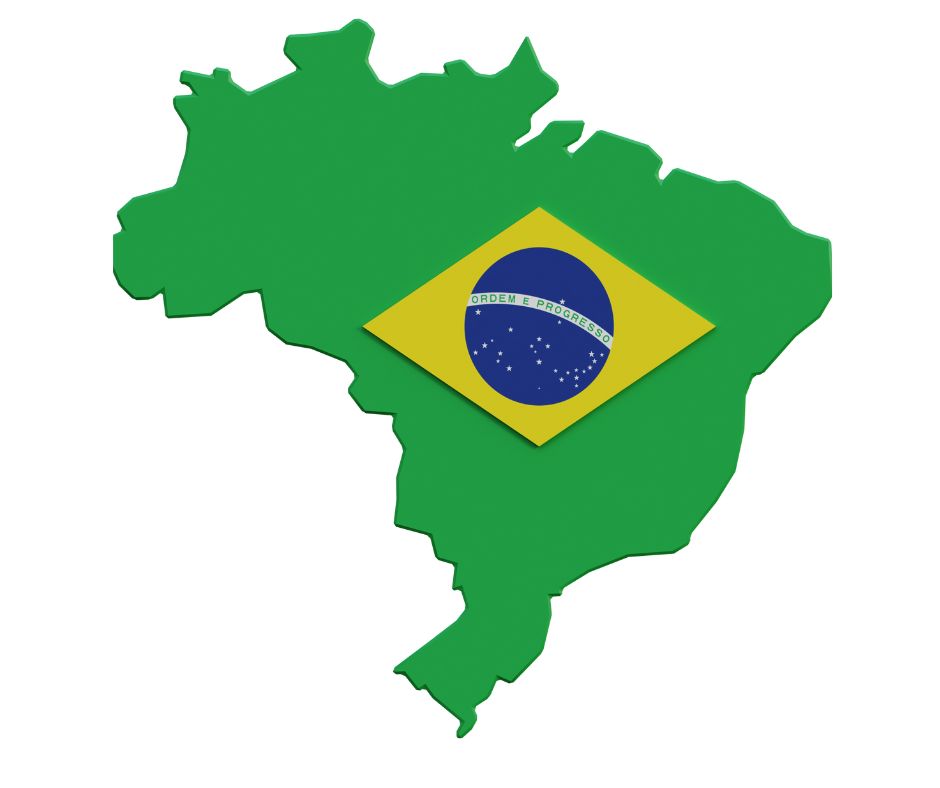Brazil, Latin America’s largest economy, has long been a hotspot for mergers and acquisitions (M&A) activity. The country’s vast natural resources, growing middle class, and strategic geographic position make it an attractive destination for both domestic and international investors. However, the M&A landscape in Brazil is uniquely shaped by its regulatory environment, economic cycles, and strategic imperatives. This article explores the historical and current state of M&A in Brazil, highlights key deals, and examines the strategic reasoning behind these transactions.
Regulatory Environment in Brazil: A Unique Framework
Brazil’s regulatory framework for M&A differs significantly from that of other countries, particularly in terms of complexity and bureaucracy. Key regulatory bodies include the Administrative Council for Economic Defense (CADE), which oversees antitrust matters, and the Brazilian Securities and Exchange Commission (CVM), which regulates publicly traded companies. Additionally, foreign investors must navigate restrictions in certain sectors, such as media, healthcare, and aviation, where ownership limits are imposed to protect national interests.
Compared to the U.S. or Europe, Brazil’s M&A process is often slower due to extensive documentation requirements, lengthy approval processes, and the need for judicial or regulatory clearance. Tax considerations also play a significant role, as Brazil’s tax system is notoriously complex, with high rates and frequent changes in legislation. Despite these challenges, Brazil’s large market and growth potential continue to attract investors.
Historical M&A Activity in Brazil
M&A activity in Brazil has historically been driven by economic cycles, commodity prices, and political stability. The early 2000s saw a surge in deals as Brazil’s economy boomed, fueled by high commodity prices and the rise of its middle class. The global financial crisis of 2008 temporarily slowed activity, but the market rebounded quickly, with 2010-2011 marking a record year for M&A deals.
In recent years, M&A activity has been influenced by Brazil’s economic recovery from the 2015-2016 recession, the COVID-19 pandemic, and the rise of digital transformation. Sectors such as technology, healthcare, and renewable energy have seen increased interest, while traditional industries like oil and gas remain significant players.
Key Drivers of M&A Activity in Brazil
- Economic Recovery and Growth: As Brazil emerges from economic challenges, companies are seeking growth opportunities through acquisitions.
- Digital Transformation: The rapid adoption of technology has spurred deals in fintech, e-commerce, and software.
- Foreign Investment: International players are entering Brazil to tap into its large consumer market and natural resources.
- Industry Consolidation: Sectors like healthcare, education, and agriculture are consolidating to achieve economies of scale.
- Privatization and Infrastructure: The Brazilian government’s privatization program has opened opportunities in energy, transportation, and utilities.
Top 10 Biggest M&A Deals in Brazil
- Ambev & Anheuser-Busch InBev (2016): Merger valued at $100+ billion, creating the world’s largest brewer.
- Petrobras & Petrobras Distribuidora (2019): Sale of Petrobras’ fuel distribution unit for $8.6 billion.
- Itaú Unibanco & XP Investimentos (2017): Acquisition of a 49.9% stake for $1.8 billion.
- JBS & Pilgrim’s Pride (2009): Acquisition of a 64% stake in Pilgrim’s Pride for $2.8 billion.
- Vale & Inco (2006): Acquisition of Canadian nickel producer Inco for $17 billion.
- Telefónica & Vivo (2010): Acquisition of a 50% stake in Vivo for $9.8 billion.
- Cargill & Archer Daniels Midland (2014): Acquisition of ADM’s chocolate business for $440 million.
- BTG Pactual & Banco Pan (2016): Acquisition of Banco Pan for $1.2 billion.
- Raia Drogasil & Drogasil (2011): Merger creating Brazil’s largest pharmacy chain.
- Brookfield & Odebrecht Ambiental (2018): Acquisition of Odebrecht’s sanitation unit for $1.2 billion.
Successes and Failures
Successes:
- The Ambev-InBev merger created a global powerhouse in the beverage industry.
- Itaú Unibanco’s acquisition of XP Investimentos positioned it as a leader in Brazil’s growing investment market.
Failures:
- Some privatizations in the 1990s faced backlash due to poor execution and lack of transparency.
- Certain cross-border deals struggled due to cultural mismanagement and regulatory hurdles.
Strategic Decisions Behind M&A Activity
- Market Expansion: Companies like Ambev and JBS have used acquisitions to expand globally.
- Diversification: Firms in traditional sectors like oil and gas are diversifying into renewables.
- Technology Integration: Banks and retailers are acquiring tech startups to stay competitive.
- Cost Synergies: Consolidation in healthcare and education aims to reduce costs and improve efficiency.
2024: A New Wave of M&A Activity
As of 2024, Brazil’s M&A market remains vibrant, with several high-profile deals already announced:
- Petrobras’ Renewable Energy Push: Petrobras has acquired a major stake in a solar energy company for $1.5 billion.
- Vale’s Lithium Expansion: Vale has entered the lithium market with a $2 billion acquisition in Minas Gerais.
- Tech Sector Boom: A consortium of international investors has acquired a Brazilian fintech unicorn for $3 billion.
These deals reflect Brazil’s focus on sustainability, digital transformation, and resource diversification.
Conclusion
Brazil’s M&A landscape is a dynamic mix of opportunity and challenge. While regulatory complexities and economic volatility can pose hurdles, the country’s vast potential continues to attract investors. As Brazil moves into 2024, strategic acquisitions in technology, renewables, and infrastructure are set to drive the next wave of growth, solidifying its position as a key player in the global M&A arena.

